Space Image of the Day Gallery (December 2017)
Image of the Day Archives

For older Image of the Day pictures, please visit the Image of the Day archives. Pictured: NGC 2467.
Space Station Spotted Over Washington, D.C.
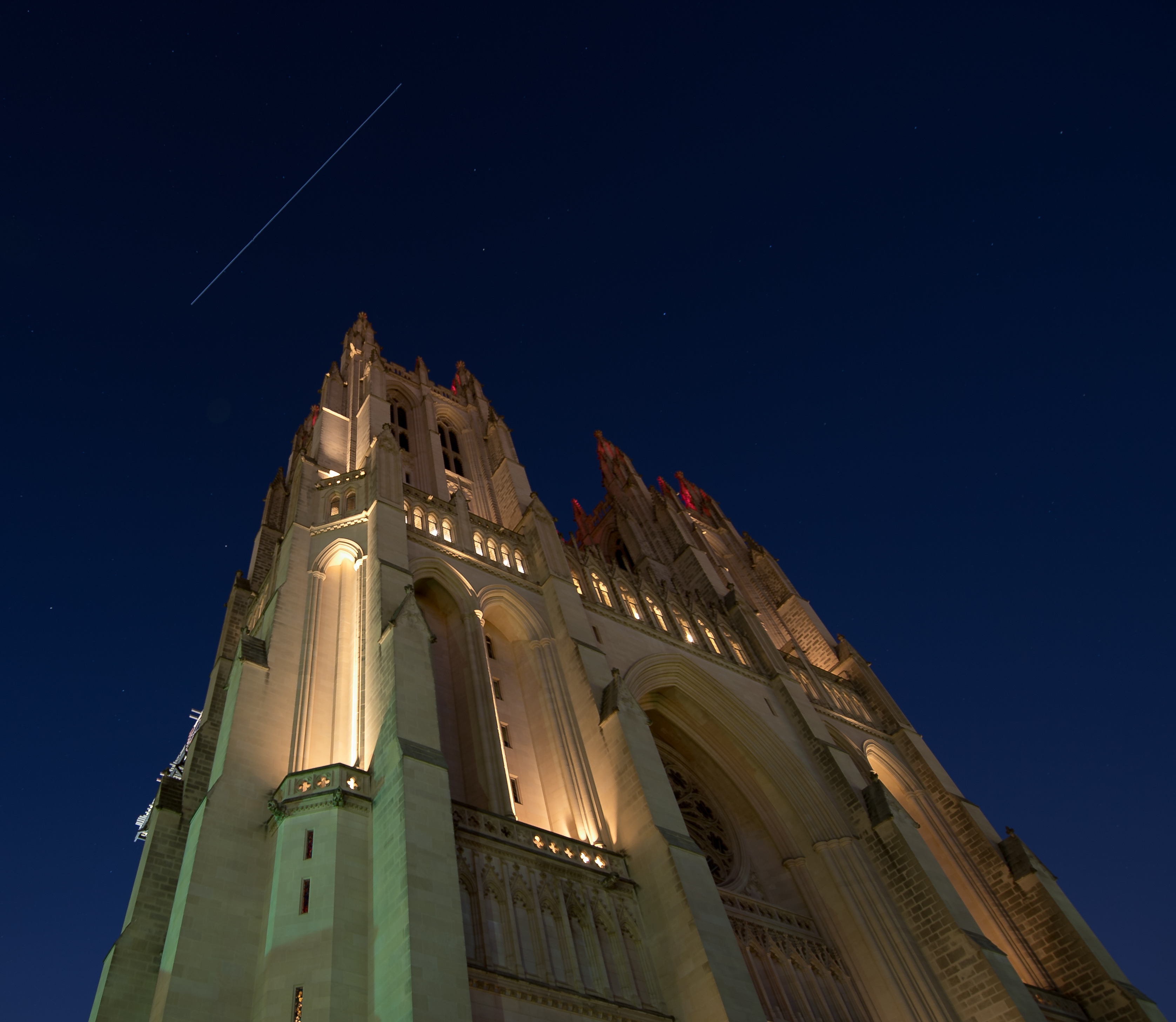
Friday, December 1, 2017: The International Space Station streaks across the sky over the Washington National Cathedral in this photo by NASA photographer Bill Ingalls. The 20-second exposure was captured on Wednesday (Nov. 29). While the space station has no Earth-facing lights, it is visible in dark skies because sunlight reflects off its enormous solar arrays. — Hanneke Weitering
ISS Transits the Moon
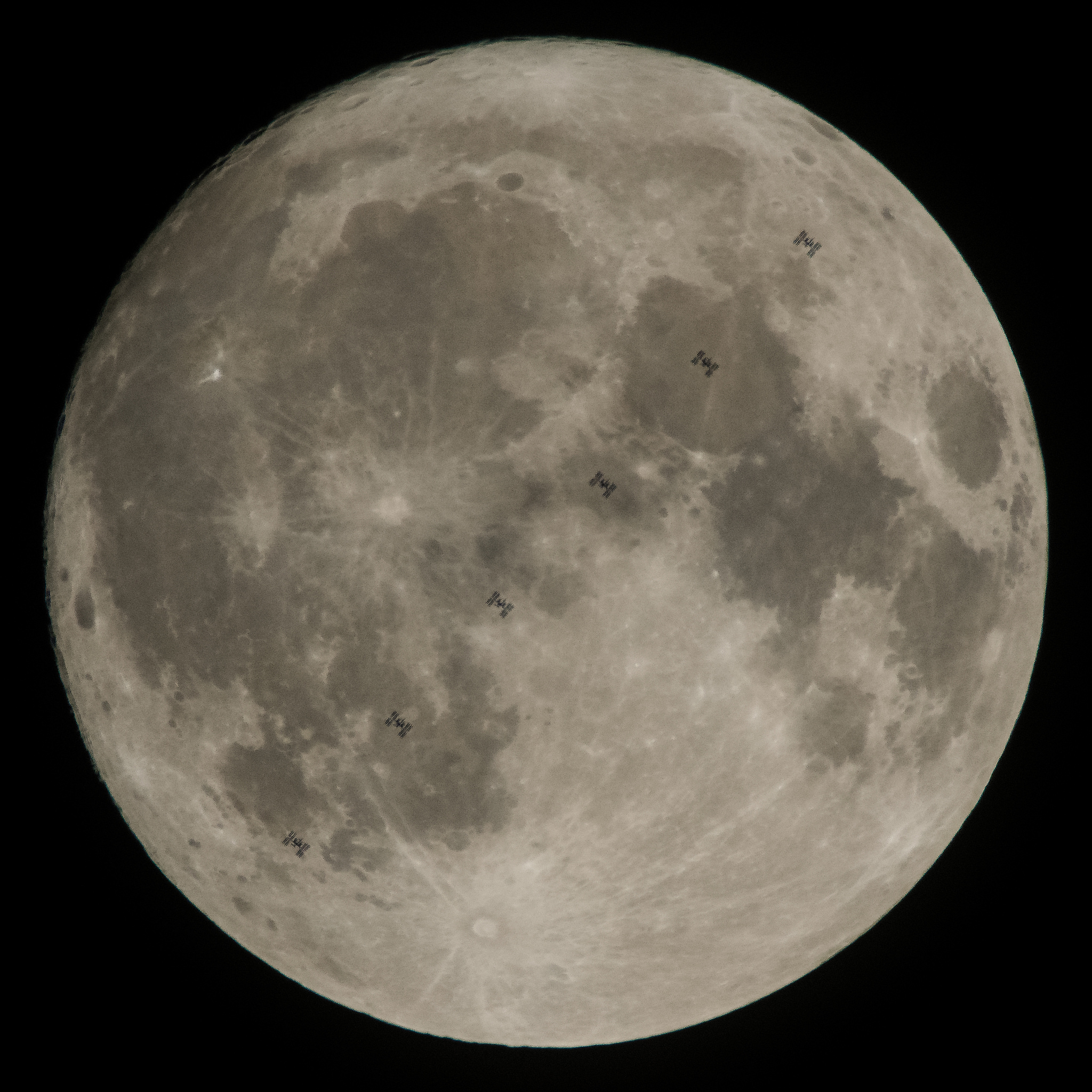
Monday, December 4, 2017: The silhouette of the International Space Station passes in front of the moon in this photo taken by NASA photographer Joel Kowsky on Saturday (Dec. 2), just one day before the "supermoon." — Hanneke Weitering
Supermoon Sets in New Jersey
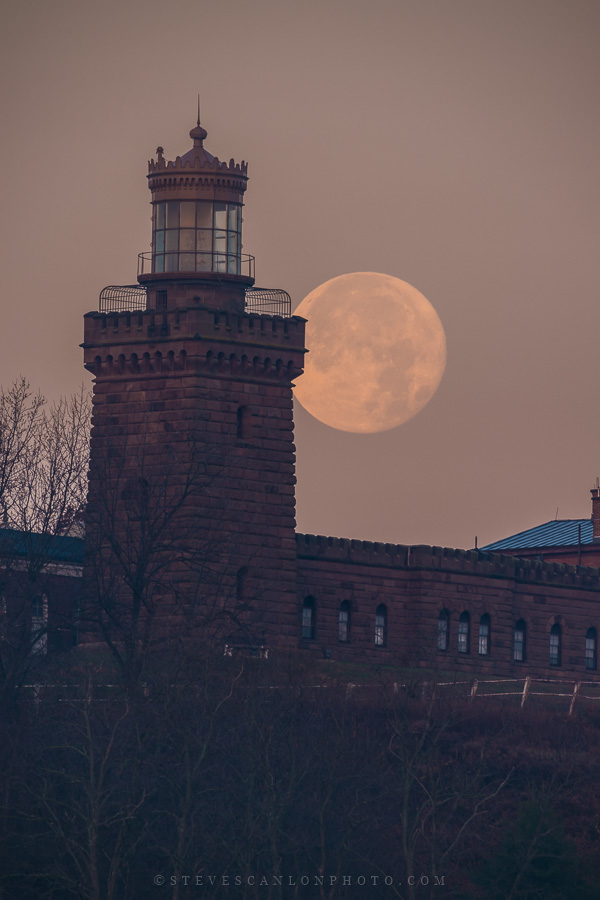
Tuesday, December 5, 2017: The supermoon sets behind the south tower of the Twin Lights of Navesink Highlands, New Jersey in this photo taken by astrophotographer Steve Scanlon. He captured this view on Monday morning (Dec. 4), when the moon was at perigee, or the closest point to Earth in its elliptical orbit. — Hanneke Weitering
Airplane Crosses the Supermoon
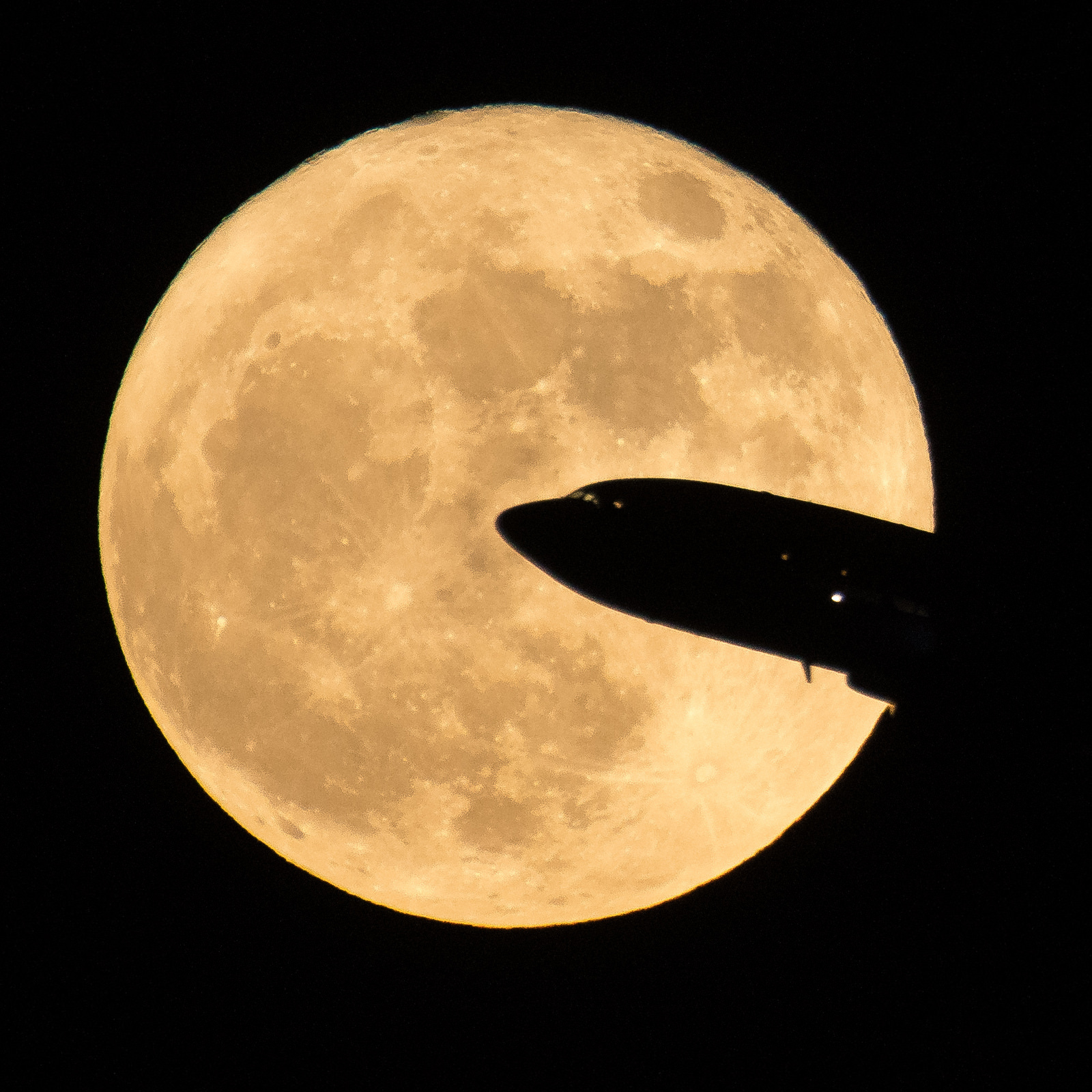
Wednesday, December 6, 2017: An airplane crosses in front of the supermoon in this animated series of shots by NASA photographer Bill Ingalls. The plane had just taken off from Ronald Reagan International Airport in Washington, D.C. when Ingalls captured these images on Sunday (Dec. 3). — Hanneke Weitering
Astronauts See California's Wildfires from Space
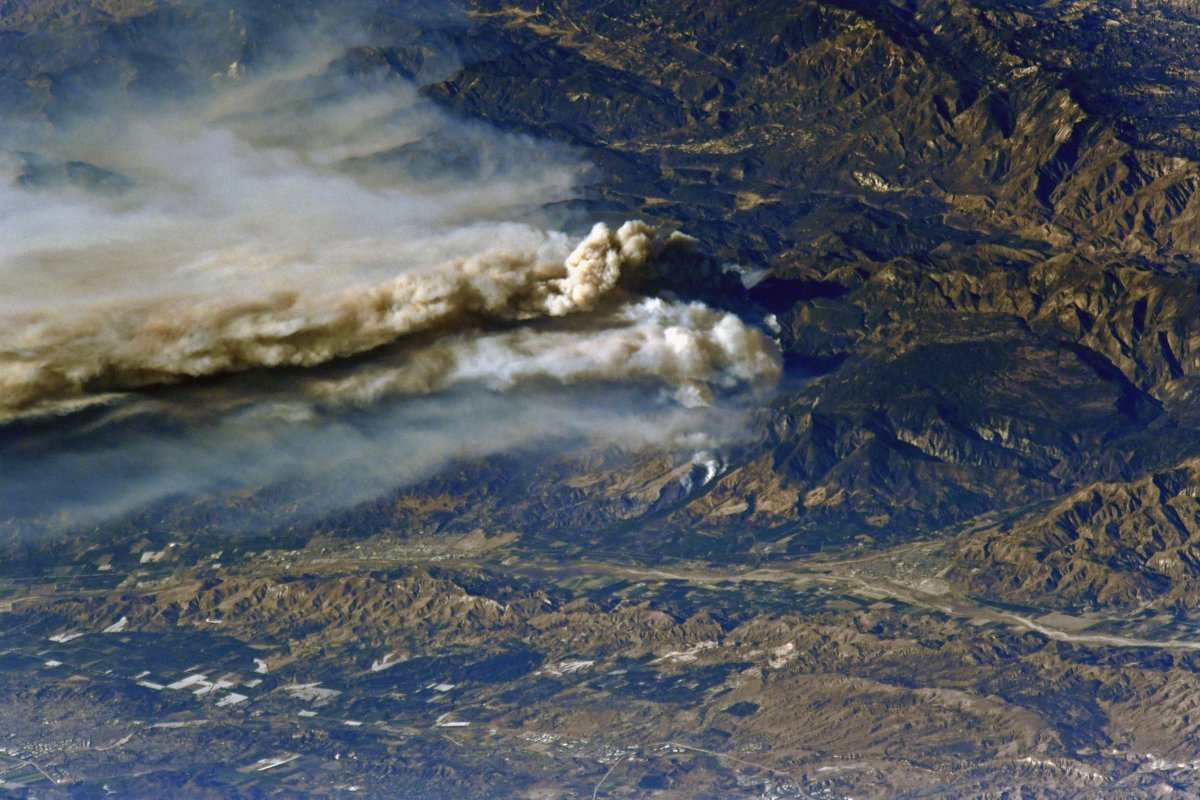
Thursday, December 7, 2017: Russian cosmonaut Sergey Ryazansky captured this photo of a smoke plume rising from the blazing wildfires in Southern California as he orbited about 250 miles (400 km) above the flames in the International Space Station. A thick blanket of smoke is seen flowing west toward the Pacific Ocean from Ventura County, which lies just north of Los Angeles. — Hanneke Weitering
Lightning Flash Seen from Space

Friday, December 8, 2017: A bright blue flash of lightning illuminates the atmosphere above Earth's city lights in this photo taken by NASA astronaut Randy Bresnik. "Lightning is always a treat from orbit," Bresnik tweeted. "Most of the time, the flashes of light we see are larger than most cities." — Hanneke Weitering
Get the Space.com Newsletter
Breaking space news, the latest updates on rocket launches, skywatching events and more!
Jupiter's Got the Blues
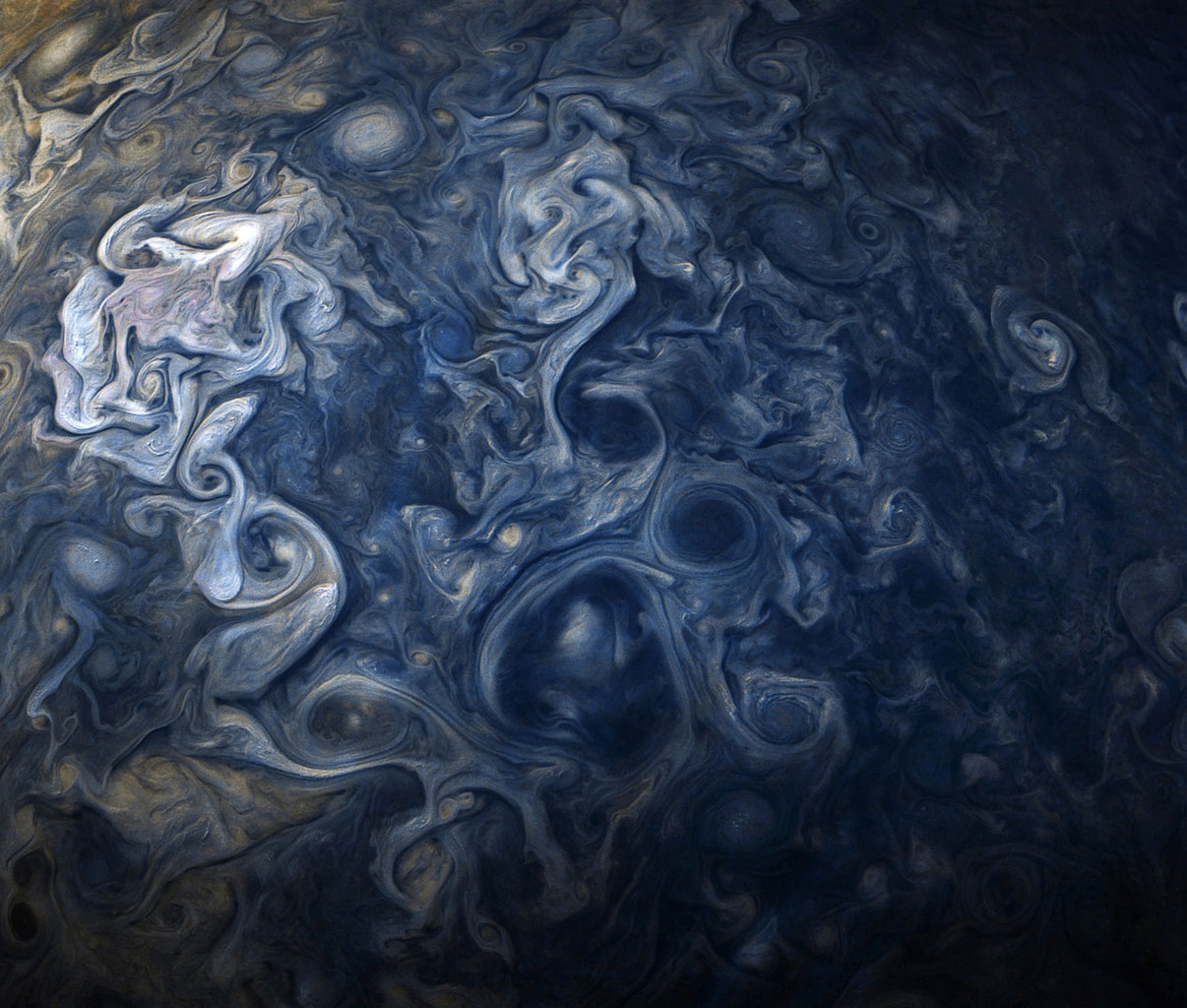
Monday, December 11, 2017: Blue clouds swirl in Jupiter's northern hemisphere in this photo taken by NASA's Juno spacecraft on its ninth close flyby of the gas giant on Oct. 24. At the time, Juno was 1,747 miles (18,906 km) from the tops of Jupiter's clouds. Some of the high-altitude clouds can be seen casting shadows on the clouds below. — Hanneke Weitering
'The Fault in Our Mars'
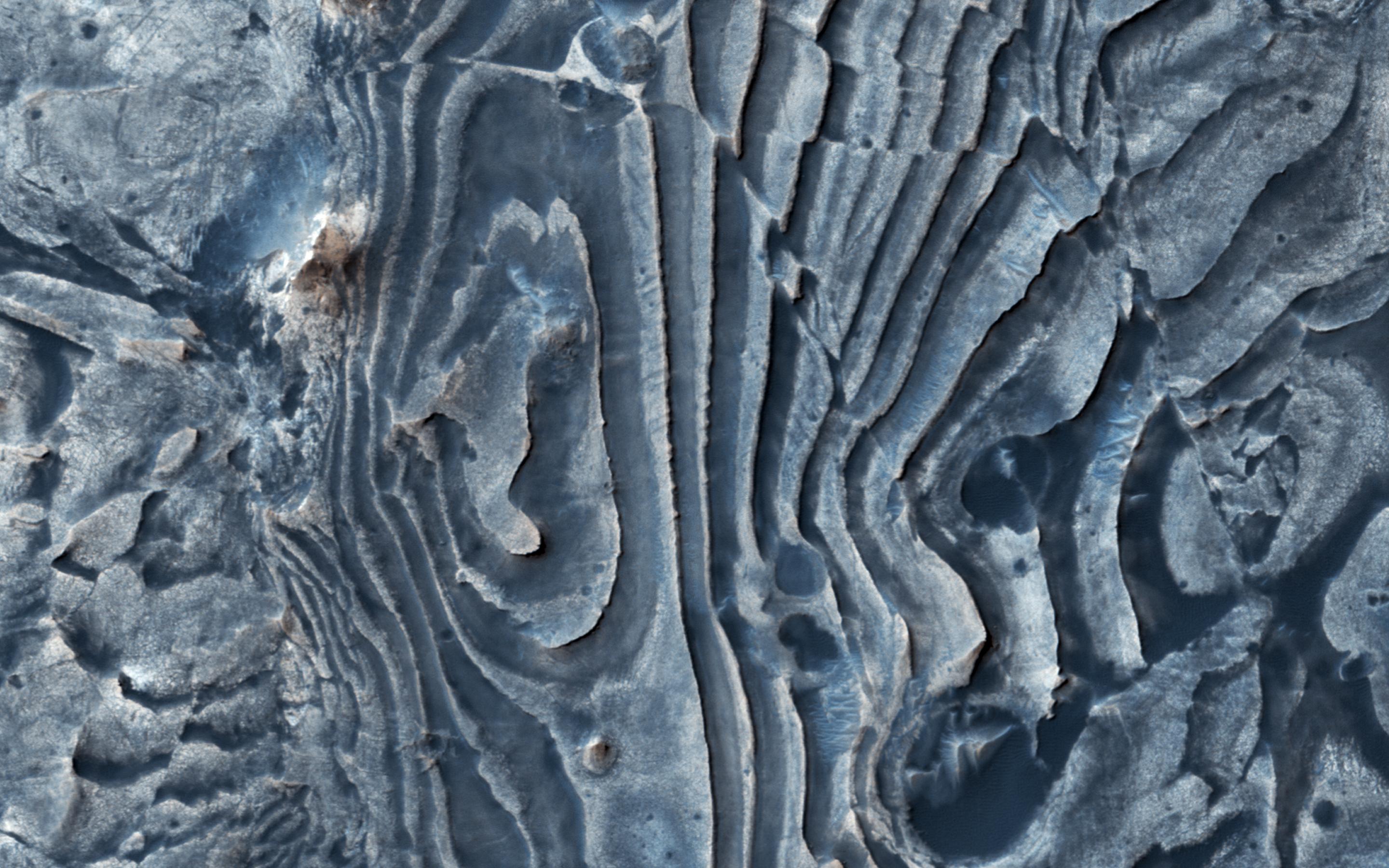
Tuesday, December 12, 2017: A view from NASA's Mars Reconnaissance Orbiter shows an area in the northern Meridiani Planum region where faults on the Martian surface have broken up layers of geological deposits. While some of these layers show clean breaks, others appear stretched out, suggesting "that some of the faulting occurred while the layered deposits were still soft and could undergo deformation, whereas other faults formed later when the layers must have been solidified and produced a clean break," NASA officials wrote in an image release. — Hanneke Weitering
Liftoff! Arianespace Launches GPS Satellites
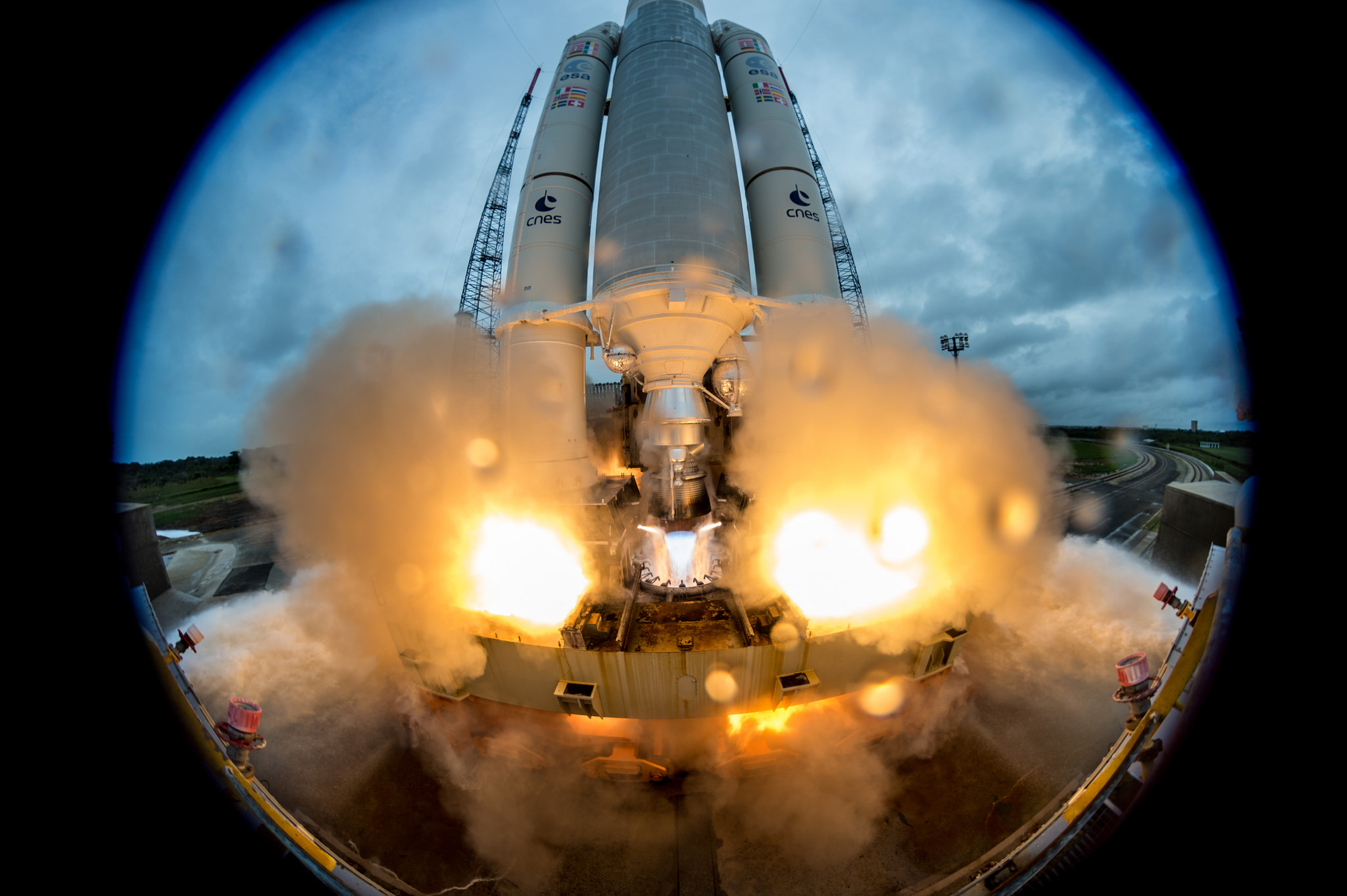
Wednesday, December 13, 2017: In this fisheye view, an Ariane 5 rocket rocket blasts off from the European Space Agency's spaceport in Kourou, French Guiana on Tuesday (Dec. 12). The rocket launched four Galileo navigation satellites for Europe's GPS network. — Hanneke Weitering
Cosmic Spaghetti
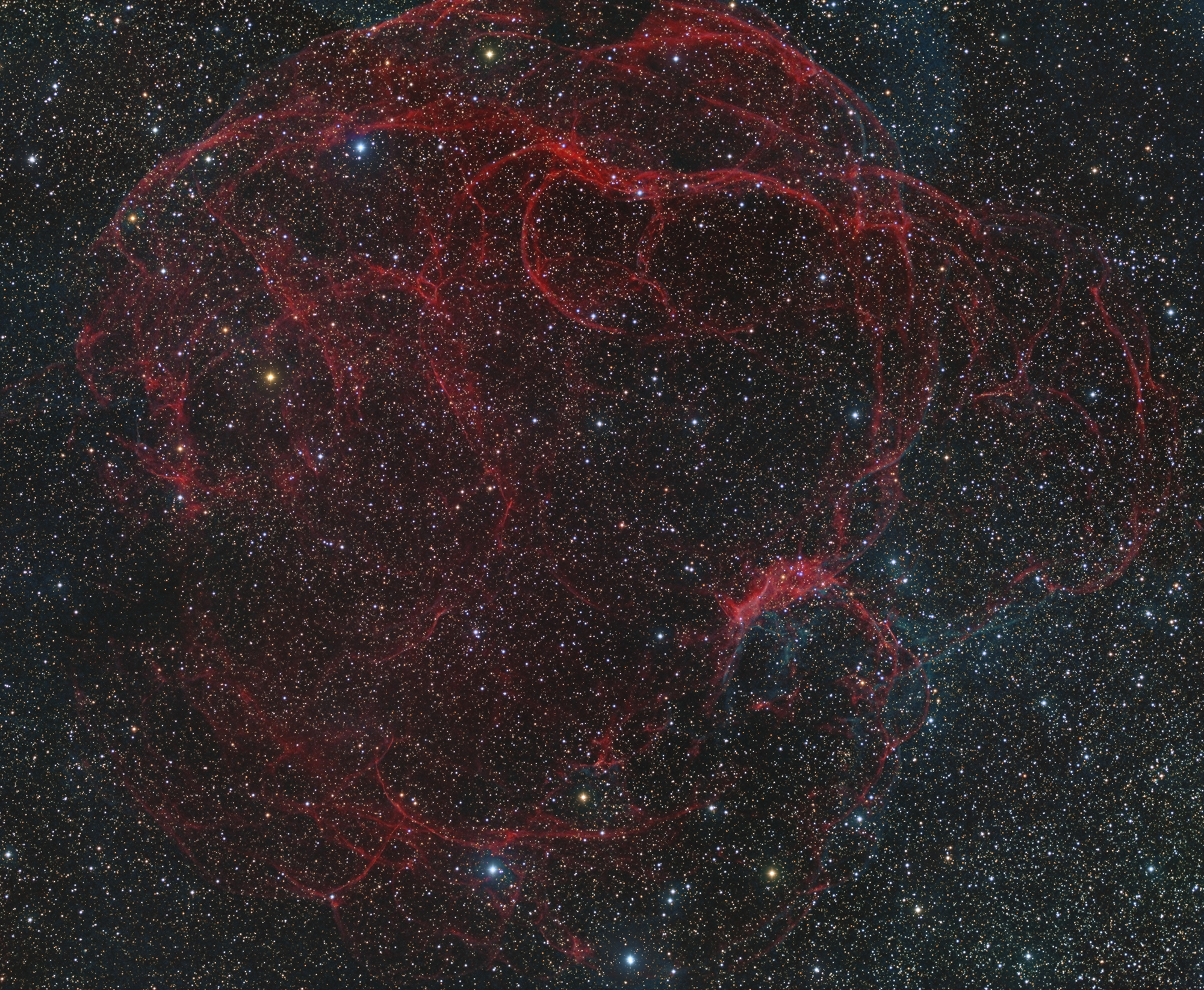
Thursday, December 14, 2017: Meet Simeis 147, a tangled heap of cosmic clouds also known as the Spaghetti Nebula. Resembling a lumpy, sauce-covered meatball, the nebula measures about 150 light-years across and is located 3,000 light-years from Earth. Simeis 147 is a supernova remnant that was born when a massive star exploded some 40,000 years ago. Astrophotographer Ron Brecher captured this view of the nebula from his backyard SkyShed observatory in Guelph, Canada. — Hanneke Weitering
Join our Space Forums to keep talking space on the latest missions, night sky and more! And if you have a news tip, correction or comment, let us know at: community@space.com.

Space.com is the premier source of space exploration, innovation and astronomy news, chronicling (and celebrating) humanity's ongoing expansion across the final frontier. Originally founded in 1999, Space.com is, and always has been, the passion of writers and editors who are space fans and also trained journalists. Our current news team consists of Editor-in-Chief Tariq Malik; Editor Hanneke Weitering, Senior Space Writer Mike Wall; Senior Writer Meghan Bartels; Senior Writer Chelsea Gohd, Senior Writer Tereza Pultarova and Staff Writer Alexander Cox, focusing on e-commerce. Senior Producer Steve Spaleta oversees our space videos, with Diana Whitcroft as our Social Media Editor.









